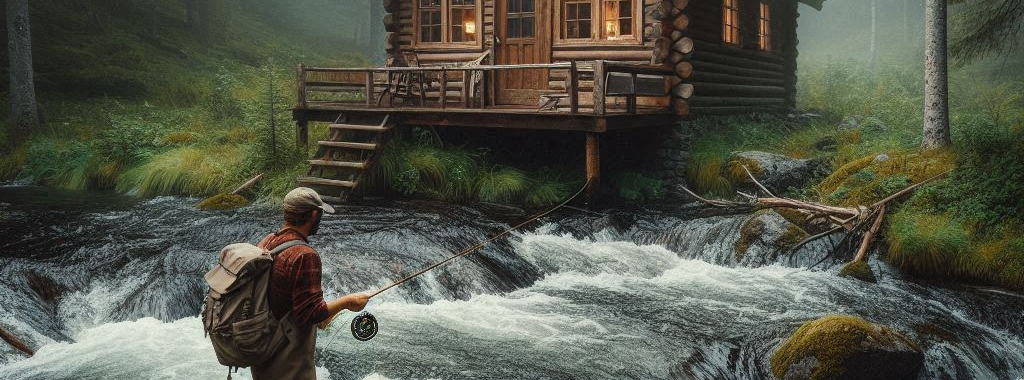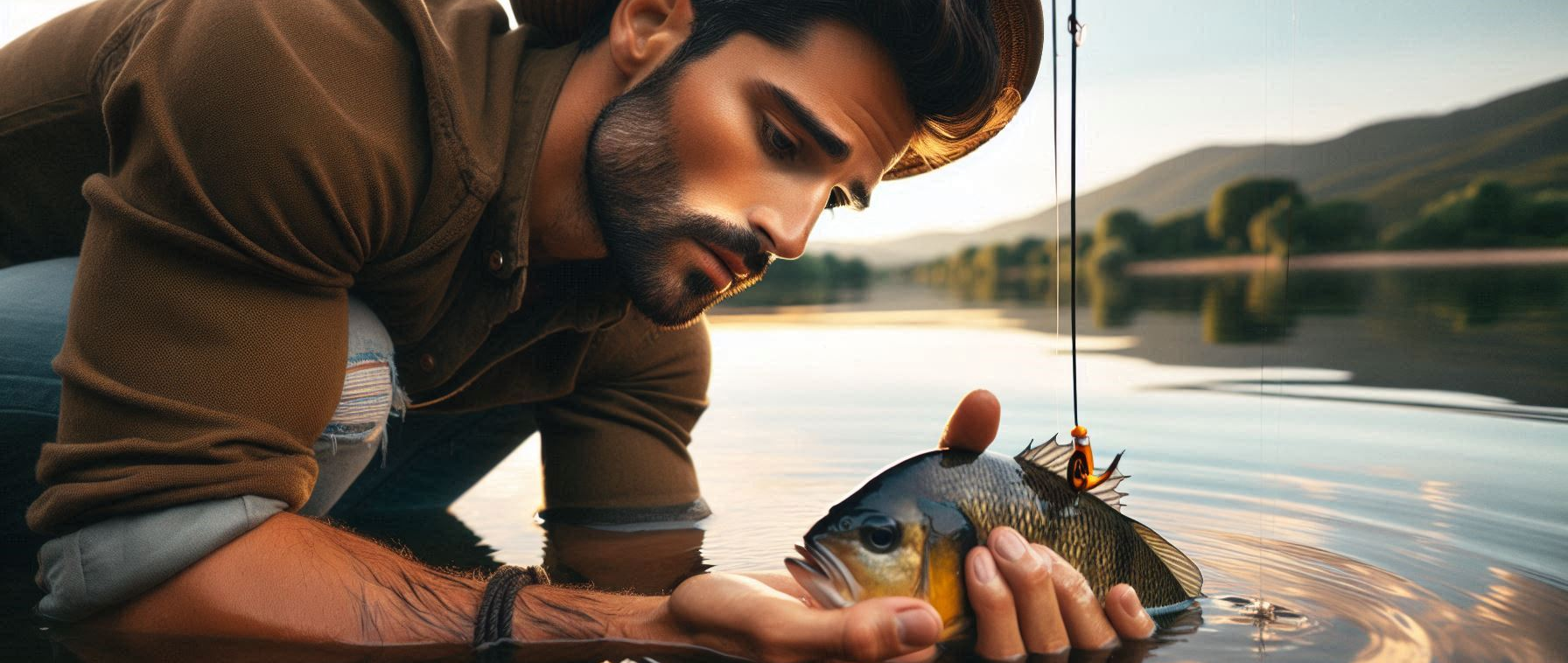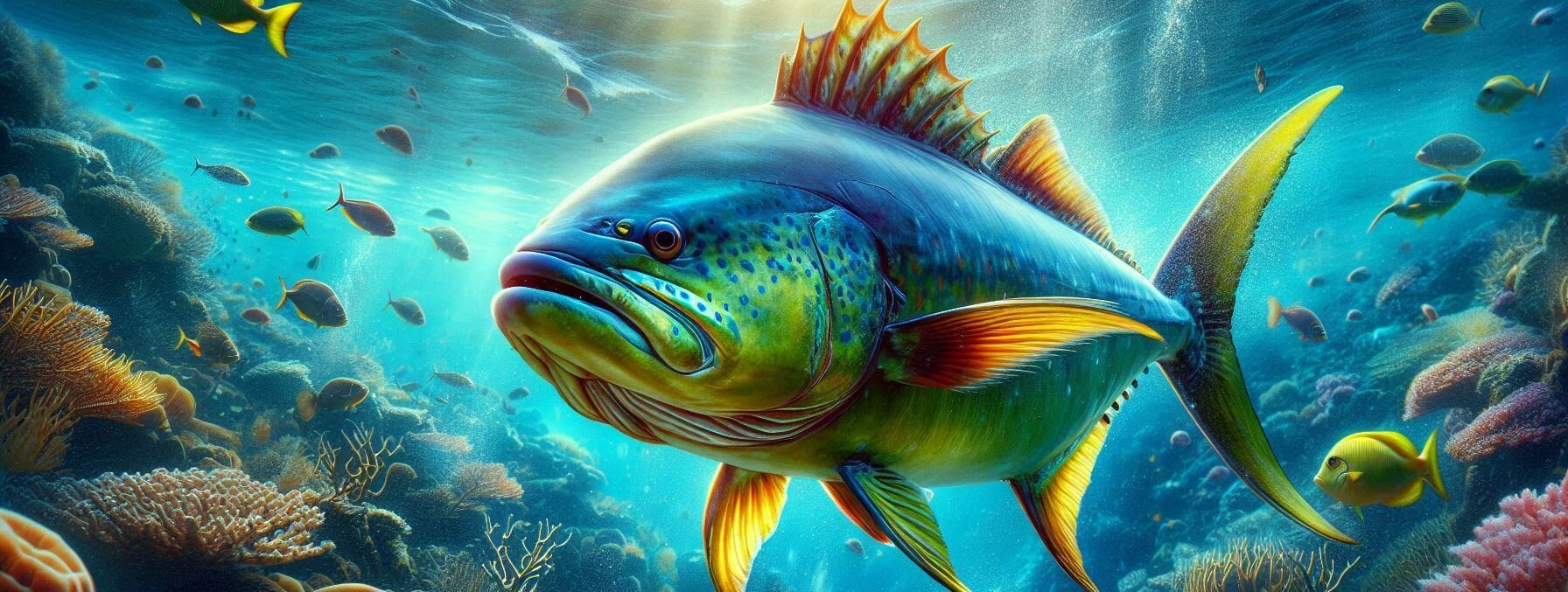Imagine yourself standing in a crystal-clear stream, surrounded by the serene beauty of nature, with nothing but the gentle sound of flowing water and the occasional bird song. That’s the timeless allure of fly fishing
an experience that combines outdoor adventure with the chance to reel in some impressive catches. I’m going to walk you through what fly fishing actually involves and why mastering its techniques can be so rewarding.
So, what exactly is fly fishing? It’s a distinctive method used to catch fish where you use a lightweight ‘fly’ made to look like natural prey. This isn’t just about the catch; it’s also about the skill and artistry involved. I’m here to help you with the basics, ensuring you have a firm grasp of the essential concepts before you hit the water.
The benefits of mastering fly fishing techniques are numerous. It’s an activity that can help reduce stress, get you in touch with nature, and provide a sense of achievement. Plus, it’s a great way to challenge yourself, learning a set of skills that can take you to new and diverse fishing environments.
If you want to start your fly fishing journey, you’ll need to get prepped. Even though the gear list can seem intimidating at first, choose something that resonates with you. A basic fly fishing setup includes a rod, reel, fly line, leader, tippet, and flies
I’ll cover these in more detail later. For now, just know that each piece plays a role in delivering the fly to the fish in the most effective way.
Now, let’s get ready to delve into the fundamental skills that every fly fisher should know. These are the building blocks that will help you become adept at this angler’s art. Soon, you’re going to find out about mastering the cast, choosing the right fly, perfecting the art of the drift, and much more. With practice and dedication, you can transform these basic elements into a fly fishing experience that is both successful and immensely enjoyable
Fundamental Fly Fishing Skills for Success
You’re going to find out about the essential skills that can make or break your fly fishing adventures. These skills serve as the backbone of the sport and, when mastered, can immensely enhance your enjoyment and success rate.
Let’s kick things off with mastering the cast. Accuracy and distance are crucial, but so is the grace with which you execute your cast. It’s not just about throwing your line out there; it’s about presenting the fly in a way that mimics natural prey.
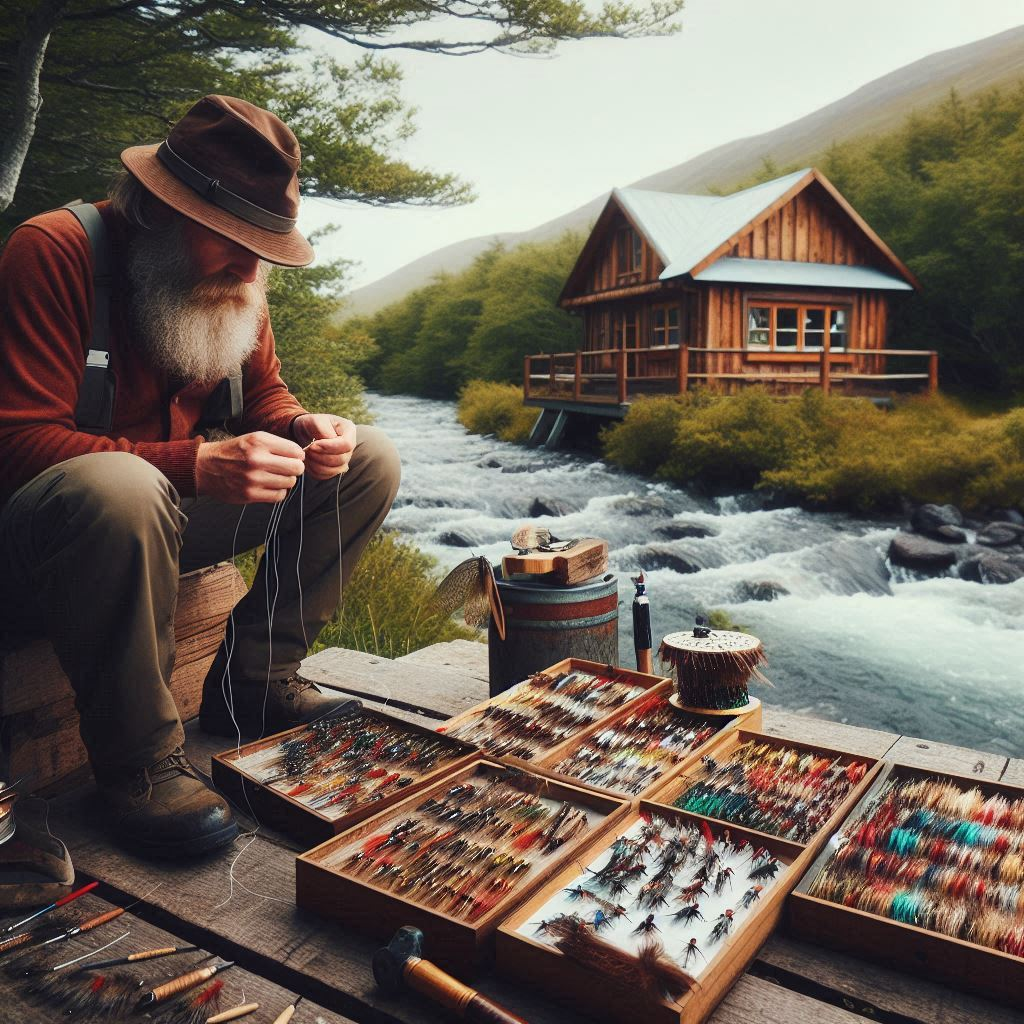
Choosing the right fly isn’t guesswork. You need to understand the ecosystem you’re fishing in. This means reading the water for currents and depth, and considering weather patterns that affect insect activity. Each of these factors informs your choice of fly and can be the difference between a good day and a great day on the water.
What comes next is the art of the drift. You want your fly to move as if it’s just another insect floating down the stream. Presenting the fly naturally requires skill and patience; it’s about syncing with the rhythm of the water.
TackleDirect has an amazing inventory of everything you need to start your fly fishing adventure. Just click on the banner below and discover what they have to offer.
Now, hooking a fish is one thing; landing it is another. Setting the hook properly is a delicate balance between timing and force. Get it too early or too late, and the fish could slip away. And once the fish is hooked, your approach to reeling it in is just as important.
I really hope that you take these tips to heart and dedicate time to practice. It’s through repetition that you refine your casts, understand the fly life cycle, and react instinctively to a biting fish. So choose a technique that strikes a chord with you, and keep at it.
Advanced Fly Fishing Strategies
Now that we’ve covered the fundamental skills, I’m going to guide you through some advanced fly fishing strategies that can elevate your game to the next level. This isn’t just about honing your casting technique; it’s also about developing a deeper understanding of the water you’re fishing in and the behavior of the fish.
Incorporating advanced casting techniques, like the double-haul for extra distance or the roll cast for tight spots, can significantly improve your ability to reach fish others can’t. And if you’re thinking about customizing your gear, that could make a huge difference. Choose flies that complement the specific conditions of each fishing trip, taking into account season, insect hatches, and water clarity.
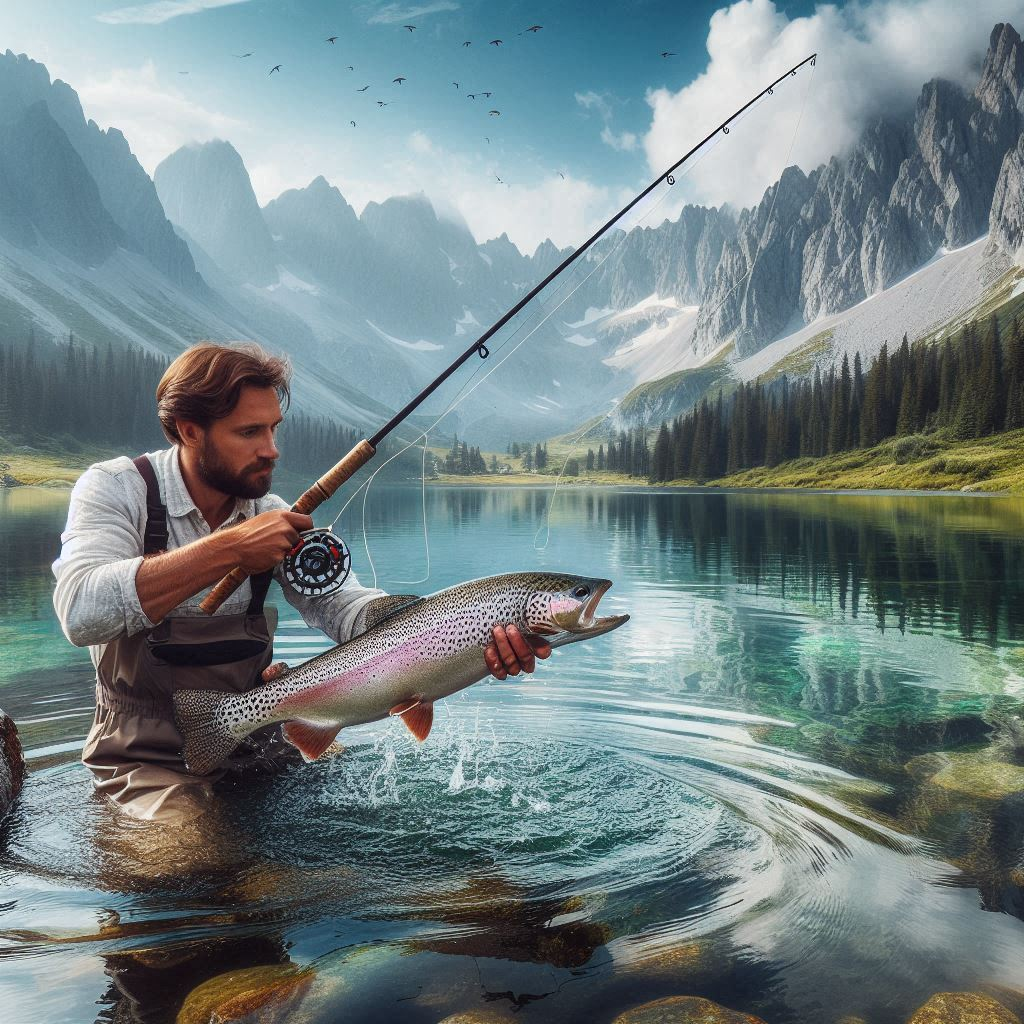
But there’s more. Stealth is key in fly fishing. I’m here to help you with strategies for moving quietly and positioning yourself effectively to avoid spooking the fish. It’s not just about where you stand; it’s also about how you blend into the environment.
Sustainable practices in fly fishing are crucial. I can’t stress enough the importance of catch and release, using barbless hooks, and understanding local regulations to ensure we’re conserving fish populations for generations to come.
Lastly, get involved with the fly fishing community. Whether you’re sharing stories, tips, or just enjoying the camaraderie, there’s a wealth of knowledge to be tapped into. Experts are often more than happy to share their insights, and you’ll find that their experiences can shed new light on your own fly fishing endeavors.
As an Amazon Associate I earn from qualifying purchases.


